Photo

Maria Yakunchikova (1870-1902) - The reflection of the personal world
670 notes
·
View notes
Photo
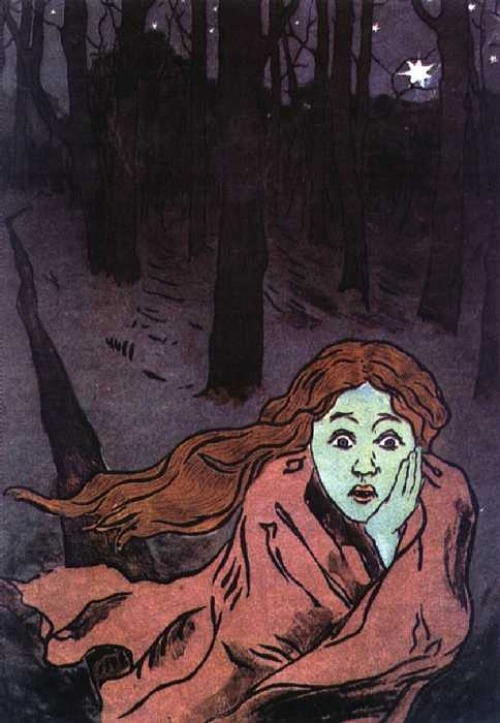
Fear by Maria Yakunchikova, 1893-95
181 notes
·
View notes
Photo



Different covers of “Mir iskusstva”, the magazine published from 1898 to 1904. According to Diaghilev its aim was to prepare the Russian public to the perception of the modern European art and to raise its cultural level. Best artist worked on the articles and illustrations of the magazine. Among them, Maria Yakunchikova, Konstantin Somov and Leon Bakst which covers you see above.
166 notes
·
View notes
Photo

Maria Yakunchikova - Irreparable, 1893
3K notes
·
View notes
Photo








Female Art Nouveau artists and their work, first part in a series. From top: Frida Hansen (Norwegian textile artist), Jane Atché (French painter), Clara Driscoll (American designer for Tiffany studios), Margaret Macdonald Mackintosh (Scottish artist and designer)
106 notes
·
View notes
Photo

Manacá
Tarsila do Amaral
1927
311 notes
·
View notes
Photo

Tarsila do Amaral - Religião Brasileira (1927)
789 notes
·
View notes
Text
Tarsila do Amaral (1886-1973)

“La artista plástica paulista es la pintora más representativa de la primera fase del movimiento modernista brasileño. Su cuadro Abaporu, de 1928, inaugura el Movimiento Antropofágico en los artistas plásticos del país. Comenzó a aprender pintura en 1917, con Pedro Alexandrino. Más tarde, estudió con George Fischer Elphons. En 1920, viajó a París y frecuentó la Académie Julien, donde recibió la orientación de Émile Renard. En Francia, conoce a Fernand Léger y participa del Salón Oficial de los Artistas Franceses de 1922, desarrollando técnicas influenciadas por el cubismo. De vuelta a Brasil el mismo año, se une a Anita Malfatti, Menotti del Picchia, Mário de Andrade y Oswald de Andrade, formando el llamado Grupo de los Cinco, que defiende las ideas de la Semana de Arte Moderno y se coloca al frente del movimiento modernista en el país.” [Wikipedia]
“Tarsila do Amaral, known simply as Tarsila, is considered to be one of the leading Latin American modernist artists, described as "the Brazilian painter who best achieved Brazilian aspirations for nationalistic expression in a modern style." She was a member of the "Grupo dos Cinco" (Group of Five), which was a group of five Brazilian artists who are considered the biggest influence in the modern art movement in Brazil. The other members of the "Grupo dos Cinco" are Anita Malfatti, Menotti Del Picchia, Mário de Andrade, and Oswald de Andrade. Tarsila was also instrumental in the formation of the Antropofagia Movement (1928-1929); she was in fact the one who inspired Oswald de Andrade's famous "Cannibal Manifesto".” [Wikipedia]
32 notes
·
View notes
Photo
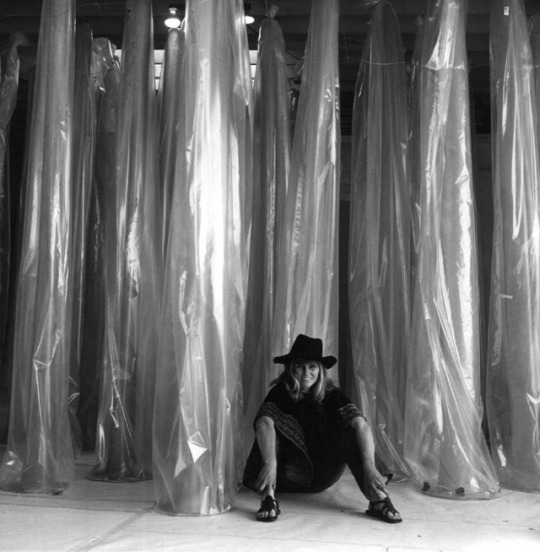
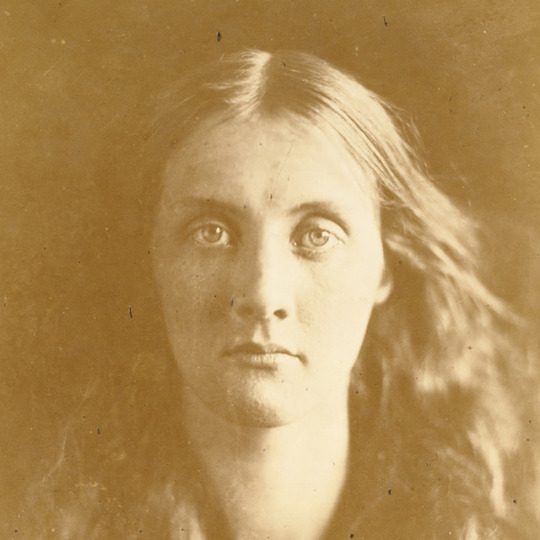

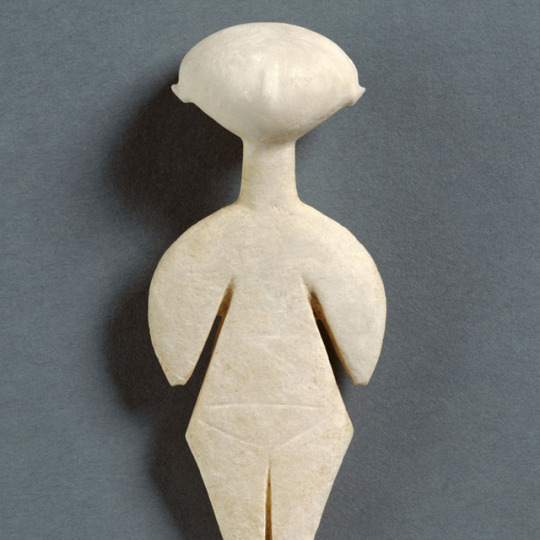

Women’s Art History Masterpost
In honor of International Women’s Day and Women’s History Month, feminist art scholar and research specialist at the Getty Research Institute, Anja Foerschner, selected key publications and journals for those want to explore art by women and feminist art.
The Feminist Art Journal (produced from 1972 to 1977).
The Power of Women and the Subversion of the Community by Mariarosa Dalla Costa and Selma James (1975).
Woman Artists 1550–1950 by Ann S. Harris (1977).
Chrysalis: A Magazine of Women’s Culture. (Produced from 1977 to 1980).
Free Download
Feminist Art Criticism: An Anthology by Arlene Raven, Cassandra Langer, and Joanna Ellen Frueh (1988).
Women, Art, and Power: And other Essays by Linda Nochlin (1988).
Women, Art, and Society by Whitney Chadwick (1990).
Art on My Mind: Visual Politics by Bell Hooks (1995).
Woven by the Grandmothers: Nineteenth-Century Navajo Textiles from the National Museum of the American Indian by Eulalie H. Bonar (1996).
Sexual Politics: Judy Chicago’s Dinner Party in Feminist Art History by Amelia Jones and Laura Cottingham (1996).
Beyond the Flower: The Autobiography of a Feminist Artist by Judy Chicago (1997).
Angry Women by Andrea Juno and V. Vale (1999).
Lesbian Art in America: A Contemporary History by Harmony Hammond (2000).
Black Feminist Cultural Criticism by Jacqueline Bobo (2001).
The Black Female Body: A Photographic History by Deborah Willis and Carla Williams (2002).
Art/Women/California, 1950–2000: Parallels and Intersections by Diana Burgess Fuller and Daniela Salvioni (2002).
Dark Designs and Visual Culture by Michele Wallace (2004).
Into Performance: Japanese Women Artists in New York by Midori Yoshimoto (2005).
WACK!: Art and the Feminist Revolution by Cornelia Butler and Lisa Gabrielle Mark (2007).
The Color of Stone: Sculpting the Black Female Subject in Nineteenth-Century America by Charmaine A. Nelson (2007).
Chicana Art: The Politics of Spiritual and Aesthetic Altarities by Laura E. Pérez (2007).
Ana Mendieta by María Ruido (2008).
Visual and Other Pleasures by L. Mulvey (2009).
Modern Women: Women artists at the Museum of Modern Art by Cornelia H. Butler and Alexandra Schwartz (2010).
EyeMinded: Living and Writing Contemporary Art by Kellie Jones (2011).
Women Building History: Public Art at the 1893 Columbian Exposition by Wanda M. Corn, Charlene G. Garfinkle, and Annelise K. Madsen (2011).
After the Revolution: Women Who Transformed Contemporary Art by Eleanor Heartney, Helaine Posner, Nancy Princenthal, Sue Scott, Linda Nochlin (2013).
Visualizing Guadalupe: From Black Madonna to Queen of the Americas by Jeanette Favrot Peterson (2014).
Live Form: Women, Ceramics, and Community by Jenni Sorkin (2016).
We want this list to grow, so please reblog with your favorite resources on art by women and feminist art.
6K notes
·
View notes
Photo



Hedwig Marquardt - Pencil drawings
“Hedwig Frieda Käthe Marquardt was born 28 November 1884 in Magdeburg, Germany, and died 14 April 1969 in Hanover, Germany.
She initially trained as an art teacher in Kassel, but went on to study art at the Kunstgewerbeschule, Magdeburg, and then under Professor Engels, at an academy in Munich in 1906–09.
By 1912 Marquardt was living in Berlin and studied for a time under Lovis Corinth. She turned to ceramics, leaving Berlin in 1921 and moving to Karlsruhe, where she worked at the Grossherzogliche Majolika Manufaktur as a ceramic painter. In 1927 Marquardt accepted a teaching post at a school in Hanover, a position she held until her retirement in 1949.” [Source]
14 notes
·
View notes
Photo








Berthe Morisot - Obras en pastel
276 notes
·
View notes
Photo
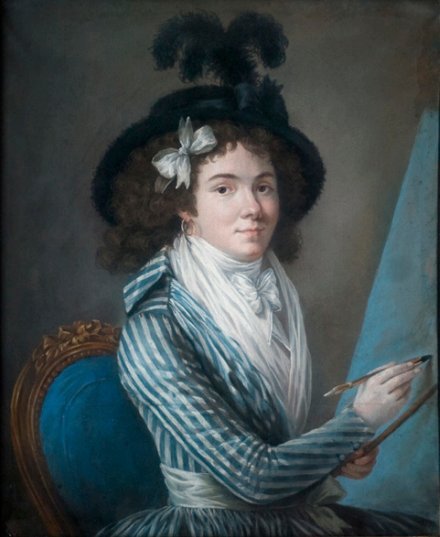
Marie-Gabrielle Capet - Autoportrait au chevalet, 1796
18 notes
·
View notes
Photo






Marie-Gabrielle Capet. Retratos de hombres, pastel (1796-1800)
6 notes
·
View notes
Photo

Studio of Mme Vincent (aka Adelaide Labille-Guiard), Marie Capet, 1808, oil on canvas
28 notes
·
View notes
Photo

Autorretrato de Marie Gabrielle Capet, 1783.
Marie Gabrielle Capet (Lyon, 6 de septiembre de 1761 – París, 1 de noviembre de 1818) fue una pintora francesa, dedicada a retratos en pinturas al óleo y acuarelas. Marie Gabrielle era hija de un sirviente. A los veinte años se fue a estudiar pintura a París con Adélaïde Labille-Guiard. Entre sus compañeras de estudios se encontraban Marie-Victoire d'Avril y Marie Marguerite Carreaux de Rosemond. Dos años más tarde, gracias a su dominio en la pintura al óleo se le permitió presentar sus primeros autorretratos. Expuso desde 1781, un gran número de retratos, de los cuales los más conocidos son los de Madame Adelaida y Madame Victoria y el de Madame Labille-Guiard con sus alumnas. Sus principales obras se exhiben en el Salon de la Jeunesse (Salón de la Juventud) desde 1785.Varios miembros de la familia real fueron clientes suyos, entre ellos las tías de Luis XVI, Madame Adelaida y Madame Victoria. Pintó su última composición en aceite en 1815 y luego abandonó la pintura. Murió en 1818 en París. [Wikipedia]
34 notes
·
View notes
Photo





Angelica Kauffmann - Etchings
Angelica Kauffman grows up as an only child and receives an unusually broad education for a girl. Her dual talent for painting and music is encouraged from an early stage by her father Johann Joseph Kauffmann and her mother Cleophea Lutz. Angelica Kauffman has a fine singing voice (soprano) and masters four languages (German, Italian, French and English) at a young age.
Between 1762 and 1779 she produces a total of 41 autograph etchings. She was probably introduced to the technique of etching by her long-standing friend Johann Friedrich Reiffenstein during her stay in Florence.
23 notes
·
View notes
Photo


Spring Landscape
Tokuyama Gyokuran was one of very few women included in the Edo period guide Who’s Who of Kyoto (Heian jinbutsu shi). She was noted for her composition of Japanese waka (poetry), but it was primarily her fame as an artist that merited her inclusion in the prestigious publication.This lovely landscape offers ample evidence of her skills. The pale blue-green of the willow trees forms the visual anchor of the composition as it zigzags over the lake and leads the eye to the bank of white plum blossoms before melting into the spring haze amid the rolling hills at top. The soft, supple brushwork and light application of the blue and pale salmon colors harmonize to create the spring atmosphere. Before entering the Museum’s collection, this scroll belonged to a woman artist living and working in Kyoto, Kajiwara Hisako (1896–1988). Source
52 notes
·
View notes